Common Mistakes That Ruin Your Mug Cake
Mug cakes are a quick and convenient way to satisfy your sweet tooth, but they can be tricky to get right. Even small mistakes can lead to a sunken center or an overall disappointing result. Here are some of the most common errors people make when making mug cakes and how to avoid them.
Using Too Much Baking Powder

This might surprise you, but more baking powder doesn’t always mean a fluffier cake. A sunken center can be the result of using too much baking powder. It can be tempting to add extra to your batter for a bigger rise, but the cake may not be able to support all those bubbles, leading to a collapse in the middle. Think of your mug cake as a tiny architectural project where too much leavening creates an unstable structure. An excess of baking powder can cause the middle of your cake to rise too quickly and hold that dome shape. When that dome can't support itself, gravity wins and you get a crater in the center.
Opening the Microwave Door Too Early
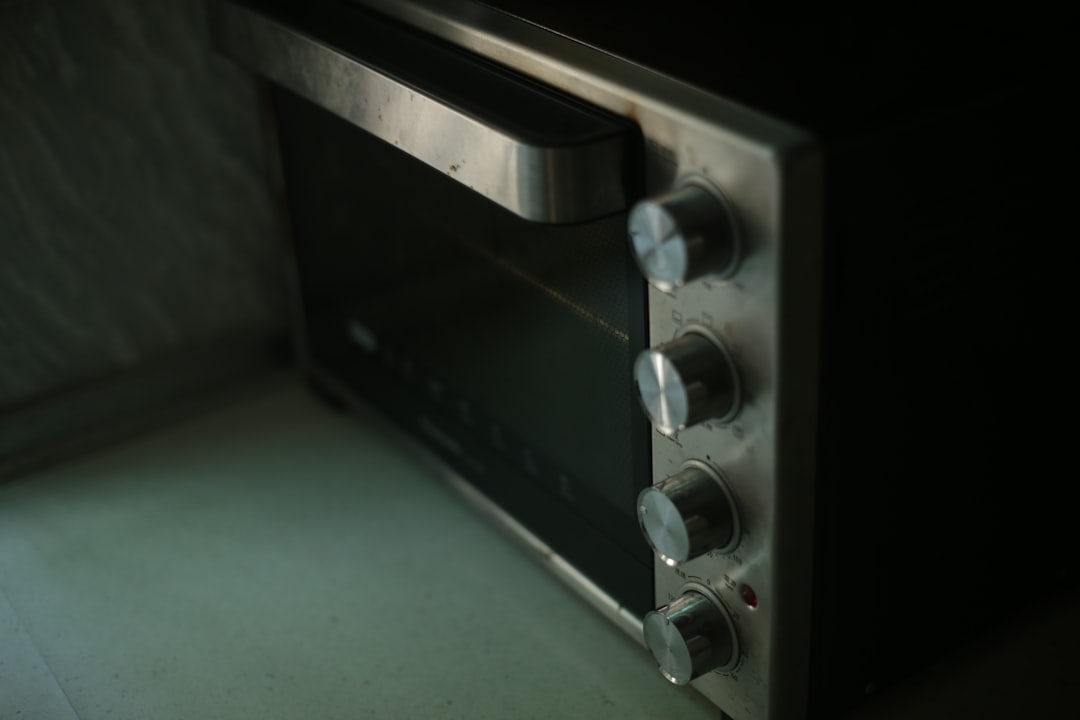
We understand the excitement, but opening the microwave door too early can be disastrous for your mug cake. A rush of colder air can cause the rising batter to contract and collapse, resulting in a cake that sinks in the middle. Wait until the end of the cooking time to check your cake and test it for doneness. Patience will literally be rewarded with a properly risen cake that doesn’t look deflated.
Overfilling Your Mug
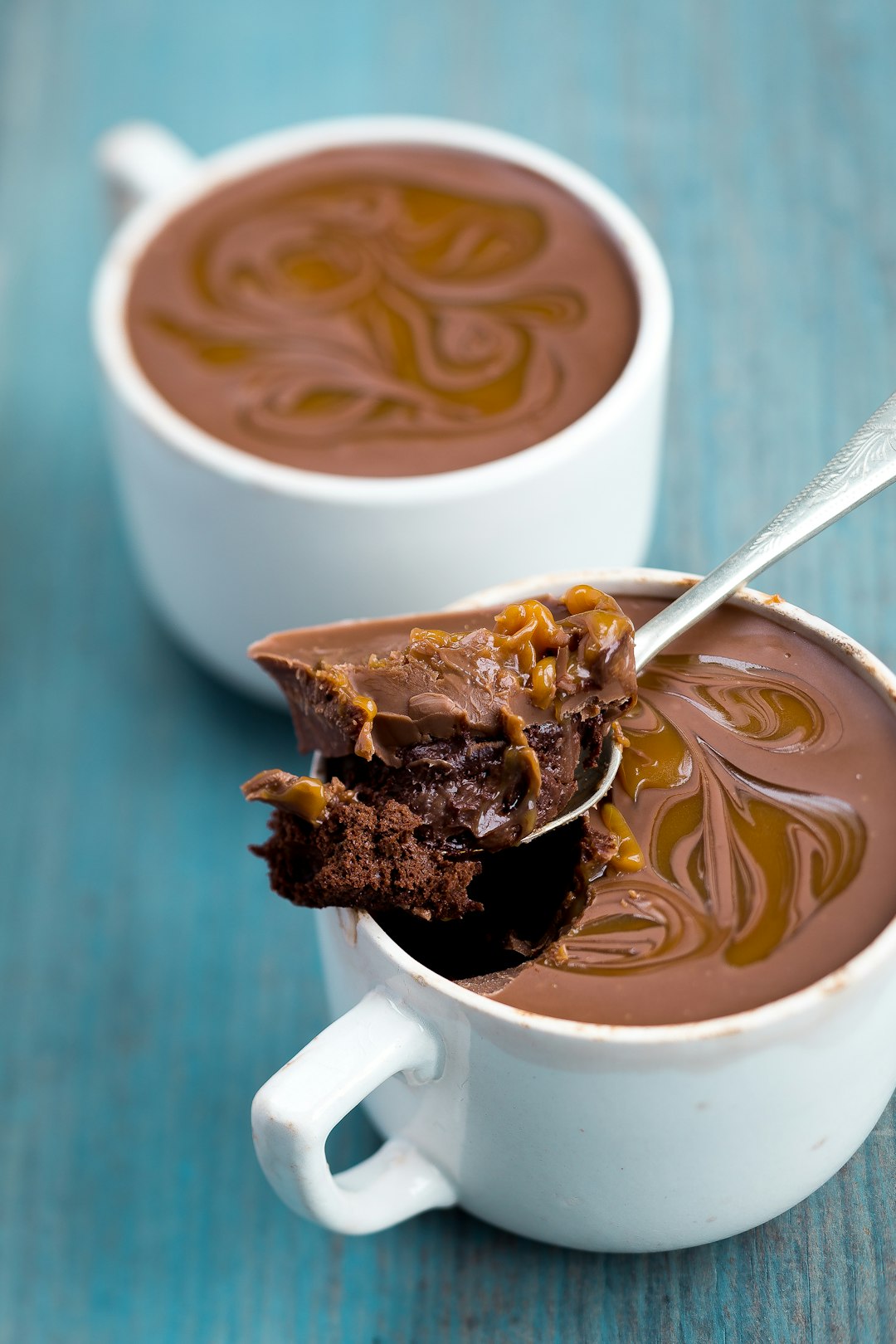
Size matters when it comes to mug cakes, and bigger isn’t always better. One big mistake involves overfilling the mug. Just like with any other baked good, mug cakes rise during the cooking process. If you fill it past two-thirds of the way full, you’re more likely to have a messy overflow situation in the microwave. Overfilling might also affect how well the cake cooks through, as more batter means a longer bake time, which your recipe might not have accounted for. When your batter has nowhere to expand properly, it creates uneven cooking that often results in a sunken middle.
Not Mixing Ingredients Properly
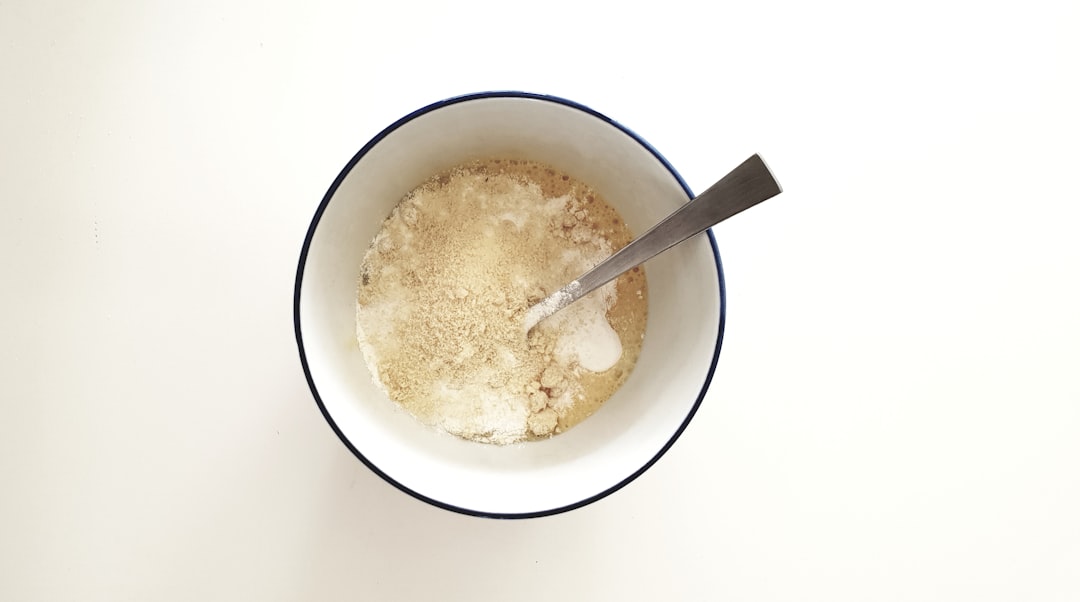
That tiny mug might seem easy to mix, but it's actually working against you. The small size of the treat, particularly the mug you make it in, may limit your ability to properly mix your ingredients together. A regular whisk, for instance, is too big to reach into the space where the wall meets the base, so you might end up with clumps of unmixed dry ingredients at the bottom. Mix the batter thoroughly before cooking. Those unmixed pockets create weak spots in your cake structure, leading to uneven rising and potential collapse. Consider investing in a mini whisk or being extra thorough with your spoon mixing to avoid those pesky flour lumps.
Ignoring Microwave Wattage Differences
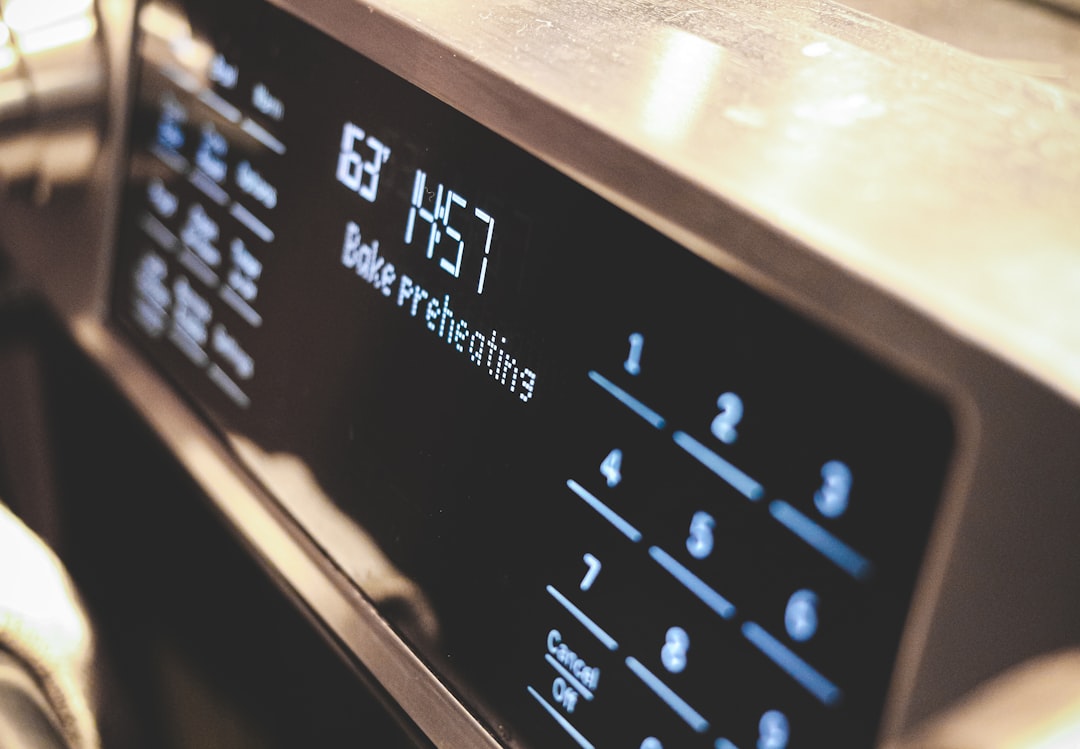
Here’s where things get really technical, and most people have no clue about this factor. Microwaves vary in wattage, and cooking for too long is the #1 mistake. Please note that all microwaves are different, so they can yield different results and can overcook this mug cake if you aren’t careful. Knowing this information may help you better judge how long to cook yours for and at what power. What works perfectly in your friend’s 700-watt microwave might turn your cake into rubber in your 1200-watt powerhouse. Different microwaves can vary in power and how fast they cook, so the first time you make this recipe, you’ll need to experiment a bit to make sure that the cook time is correct.
Confusing Baking Soda with Baking Powder
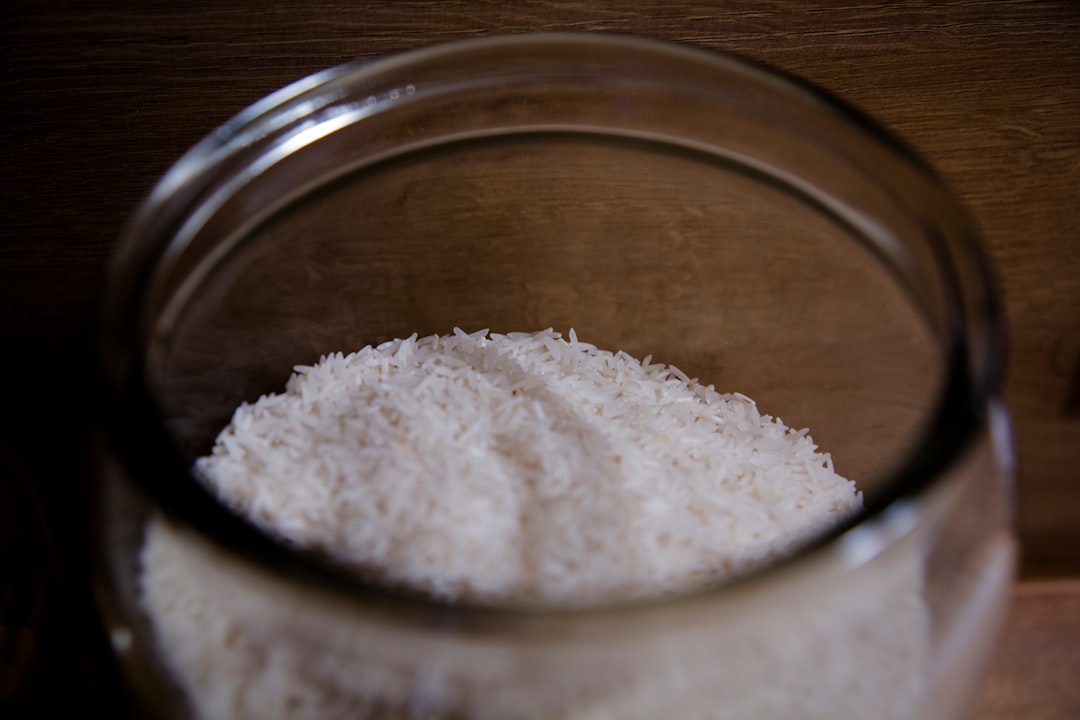
This chemistry mistake is more common than you’d think, and it’s absolutely devastating to your mug cake. Baking soda, or sodium bicarbonate, expels carbon dioxide the moment it comes into contact with an acidic ingredient. Baking powder combines sodium bicarbonate with an acid, like cream of tartar, and a thickener, like cornstarch. Baking powder is not baking soda. Make sure your baking powder is in-date or your cake will be dense and tough. Using the wrong leavening agent creates the wrong chemical reaction, often resulting in either no rise at all or an unstable rise that collapses. When it comes to baking soda, when used appropriately, it does leave a distinctive taste as well as a darker color in your baked goods.
Using Cold Ingredients
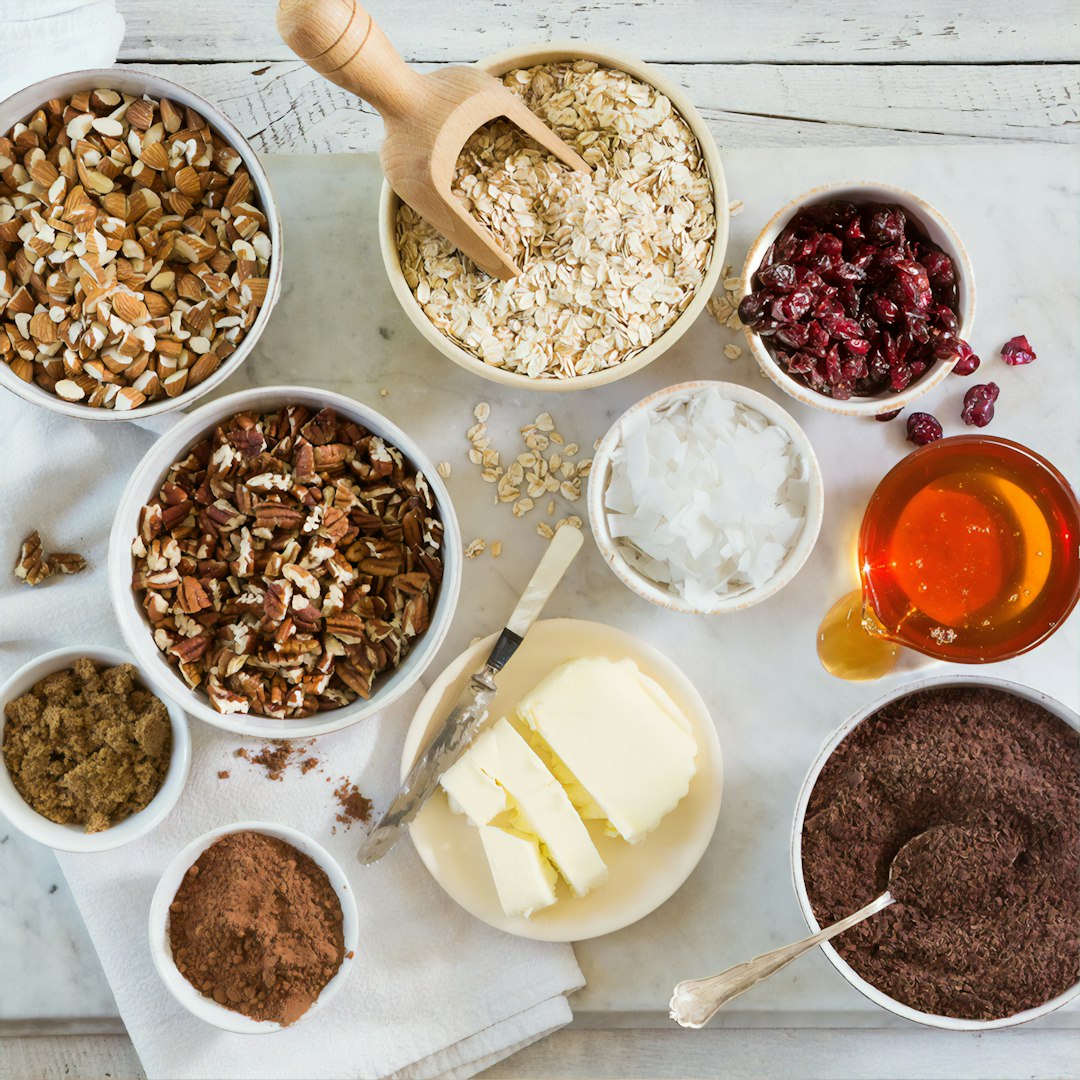
Room temperature ingredients aren’t just a suggestion in traditional baking, and the same applies to mug cakes. All of your ingredients should be at room temperature before mixing. Cake batters are an emulsion, so a homogenous final product is the end goal. For example, if your butter is too cold before being whipped, then there will be cold lumps of butter that won’t incorporate into your batter, preventing the mixture from being whipped properly. Cold ingredients don’t blend properly, creating an uneven batter that rises inconsistently. Lest you think hot ingredients aren’t an issue, there is a major difference between melted and softened butter. Softened butter will help to incorporate air into the cake batter, causing it to rise in the oven. Melted butter will make your batter heavy, thereby resulting in the cake collapsing while it bakes.
Overmixing the Batter
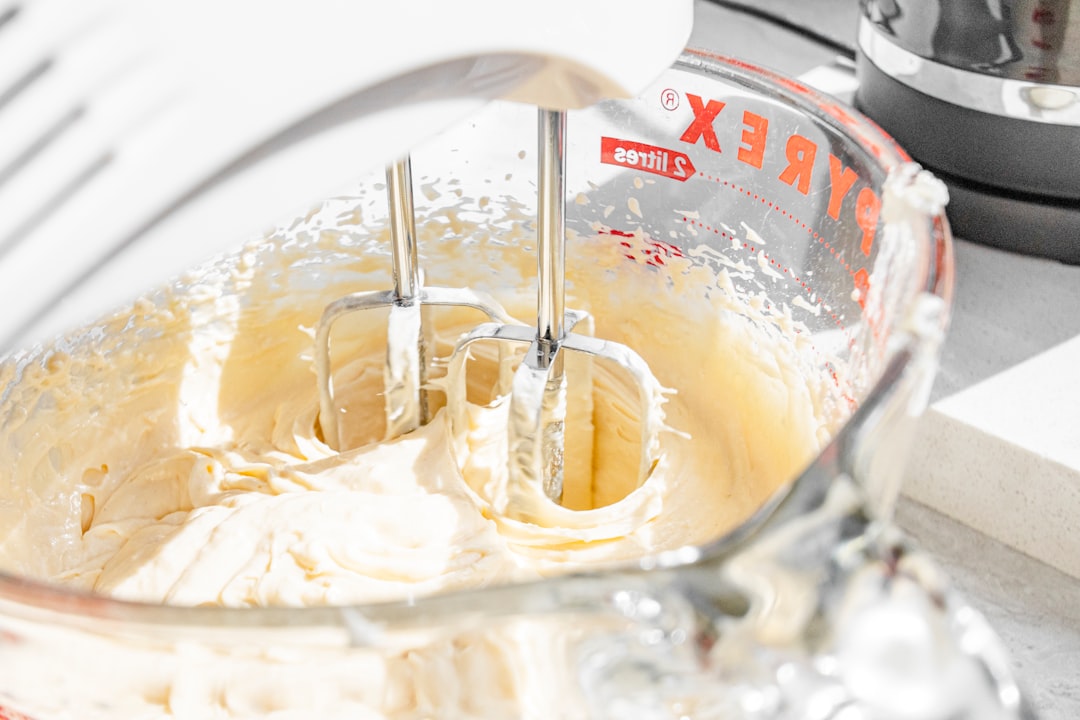
Your enthusiasm for perfect mixing might actually be sabotaging your cake. Overmixing your batter will cause it to look very pale and fluffy, with a lot of air whipped into the mixture. Too much air will cause the cake to rise too soon and shrink as it cools. It will sink in the middle and have an uneven texture. Over-mixing the batter can incorporate too much air, which can cause the cake to rise too much and then collapse in the middle. Mix just until the ingredients are combined. Think of mixing like a gentle conversation rather than an aggressive interrogation. Your batter just needs everything combined, not beaten into submission. Don’t overmix your batter! It will be tempting, but just mix until all ingredients are combined. Otherwise, you'll have a tough cake.
Not Following the Proper Order of Operations

This isn’t just math class — the sequence matters in mug cake making too. As a former restaurant manager notes on Quora, mixing dry ingredients with other dry ingredients and wet ingredients with other wet ingredients ensures that they're all combined properly. This provides for even distribution. For the best results, mix your dry and wet ingredients separately. Then, carefully mix your dry ingredients into the wet ones. Be sure to gently combine them instead of overmixing them. This method prevents those uneven patches that can cause structural weak points and subsequent collapse.
Using Expired Leavening Agents
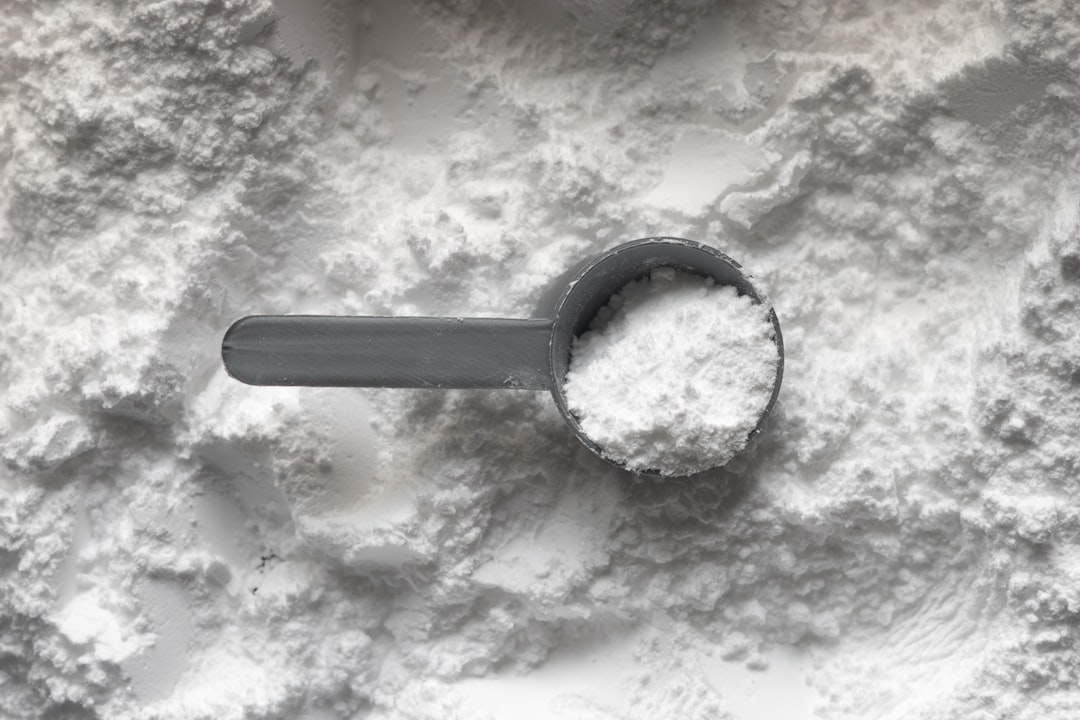
That ancient box of baking powder lurking in your pantry might be the silent saboteur of your mug cake dreams. Always be sure that you're working with good ingredients — expired baking powder can leave you with flat cake, too. A cake not rising may be due to using expired baking powder or baking soda, not creaming the butter and sugar enough, using cold ingredients, or just simply overmixing. Expired leavening agents lose their potency over time, meaning they can’t provide the lift your cake needs to stay risen. When the weak leavening can’t support the cake structure, gravity takes over and creates that disappointing sunken center. Be sure to carefully read how much and what type of leavening agents a recipe calls for, and measure them precisely. The recipe might also be bad! If you try making it a few times and this still is happening, you may want to try a new recipe.
Conclusion

Making the perfect mug cake isn’t as foolproof as those social media videos make it seem. These ten mistakes might seem minor individually, but any one of them can turn your quick dessert into a deflated disappointment. The good news is that once you understand what’s going wrong, you can easily avoid these pitfalls and create consistently fluffy, properly risen mug cakes that actually look like the pictures. Remember, mug cakes are all about precision packed into a tiny package. Every ingredient measurement, every mixing technique, and every timing decision matters more than it would in a full-sized cake. What do you think about these common mistakes? Tell us in the comments.